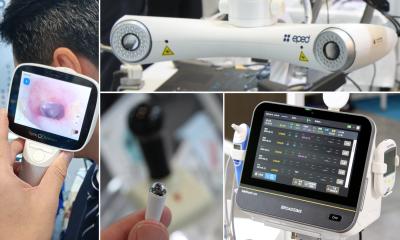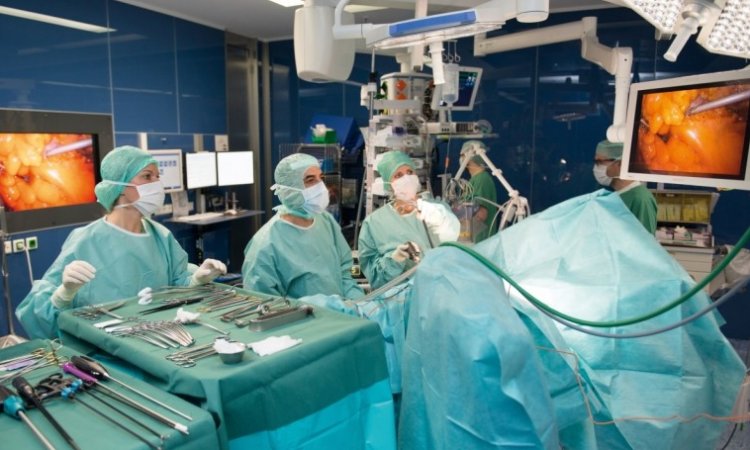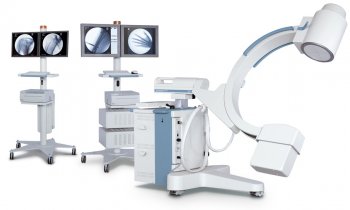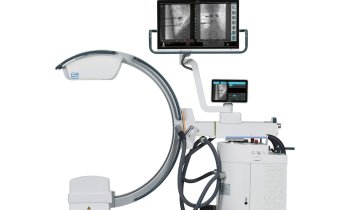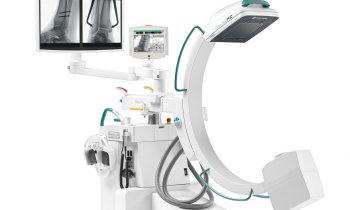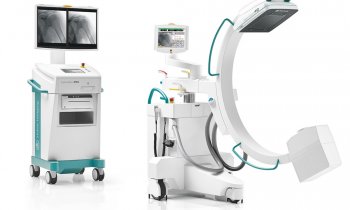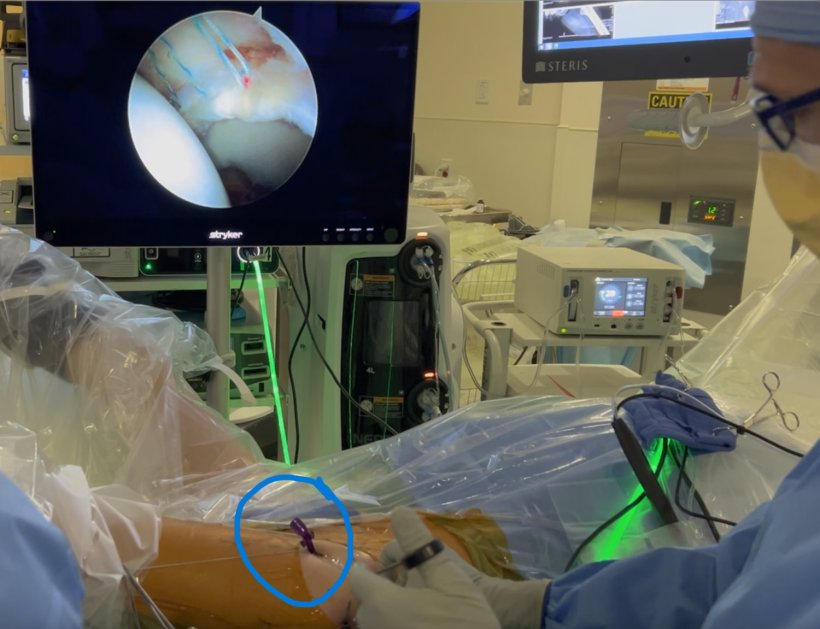
Image source: University of Colorado Boulder/Jacob Segil
News • New cannula design
Surgical device increases range of motion in hip arthroscopy
There’s a new tool in the hands of surgeons designed to make waves through the world of hip arthroscopy.
Jacob Segil, a research professor in the Paul M. Rady Department of Mechanical Engineering at the University of Colorado at Boulder (CU Boulder), collaborated with Dr. Omer Mei Dan from the Department of Orthopedics at University of Colorado Anschutz School of Medicine to create a redesigned surgical instrument called the Cap-Lift cannula.
The technology, published in the journal Arthroscopy Techniques, is designed to completely transform arthroscopic procedures in the hip region, making them safer and more efficient than ever before, the researchers say. The device was recently launched in October, and within the first few weeks used in over 100 successful surgeries. “We are very proud of how this technology has already helped surgeons and patients across hip arthroscopy and sports medicine,” said Segil. “It’s being sold nationwide and the feedback we’ve received from all of the different surgeons has been fantastic.”
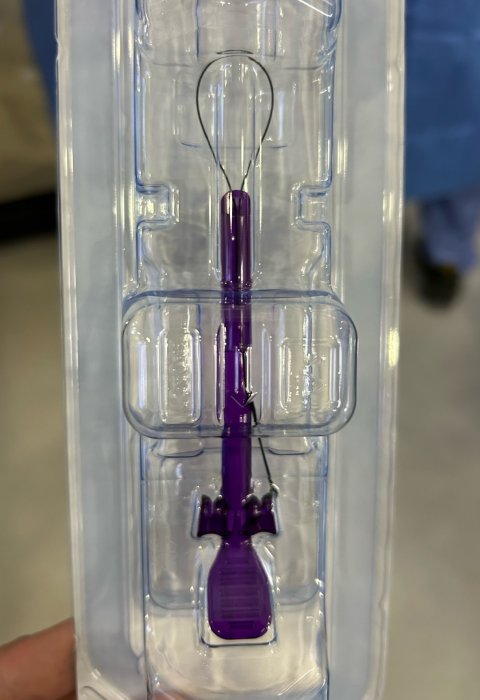
Image source: University of Colorado Boulder/Jacob Segil
Hip arthroscopy, a type of minimally invasive joint surgery, has become increasingly popular as of late. According to a study in the Iowa Orthopaedic Journal, the procedure has seen a 600% increase in utilization over the past 15 years due to improved techniques and technology.
Most hip arthroscopy surgeries involve using a cannula—a thin tube that’s inserted into the body from the skin down into the joint. Think of it as a straw that allows a surgeon to position surgical tools and a camera inside the area. Existing cannulas allow surgeons to operate inside an otherwise hard-to-reach joint space without the need for large incisions or open surgery. However, Segil says they still leave a lot to be desired when it comes to hip arthroscopy.
“Imagine sticking a chopstick into a straw and trying to manipulate the tissue and joint on the other side. With such limited space, it’s very hard to do,” Segil said. “That’s the constraint on the surgeon, and for the longest time it’s been seen as simply a fact of life. It’s been poor ever since these techniques have been established and our cannula design solves those problems.”
The CAP-LIFT cannula is “slotted,” meaning it’s only about 120 degrees of material instead of a full circumference. This allows a surgeon a wider range of motion to maneuver a tool inside of the tube far easier.
But that’s not the only novelty Segil and his team introduced with their new invention. Current cannula techniques require a second set of hands holding a stainless steel surgical tool called a “sled” in order to help guide instruments through the tube and maintain access to the joint. According to Segil, this awkward dynamic with another body in the operating room can be time consuming and difficult during a procedure, especially when swapping tools or adjusting within the joint space. He also says it can be extremely dangerous. Every removal or re-entry of the sled means an increased risk of damaging the tissue, muscle or tendons surrounding the joint, which can cause a great deal of additional swelling or recovery complications.
To combat this, the group implemented an anchoring system that combines the cannula and the sled into a single device, granting easy access into the joint without damaging the surrounding tissue or needing any extra hands. “Picture a straw again. Usually they are held in place by the lid of a cup, but they can still move around. In surgery, this causes issues. It creates a challenge and surgeons wouldn’t be able to get to the joint,” said Segil. “Our cannula device is like a straw that is anchored and fixed at two ends to the top and bottom of the cup. It doesn’t move at all—it’ll make sure that you go all the way to the joint every time and you don’t need a second or third person to help.”
The Cap-Lift cannula was purchased by major medical device manufacturer Smith and Nephew in 2022. But for Segil and Mei Dan, it’s the device’s impact on patients that gives them a true sense of fulfillment. “We already know a lot of people who have used it during surgery,” Segil said. “That means there are real people who have benefitted from our technology. It’s amazing to know that our idea is finally out in the world and helping others.”
Source: University of Colorado at Boulder
14.11.2025



